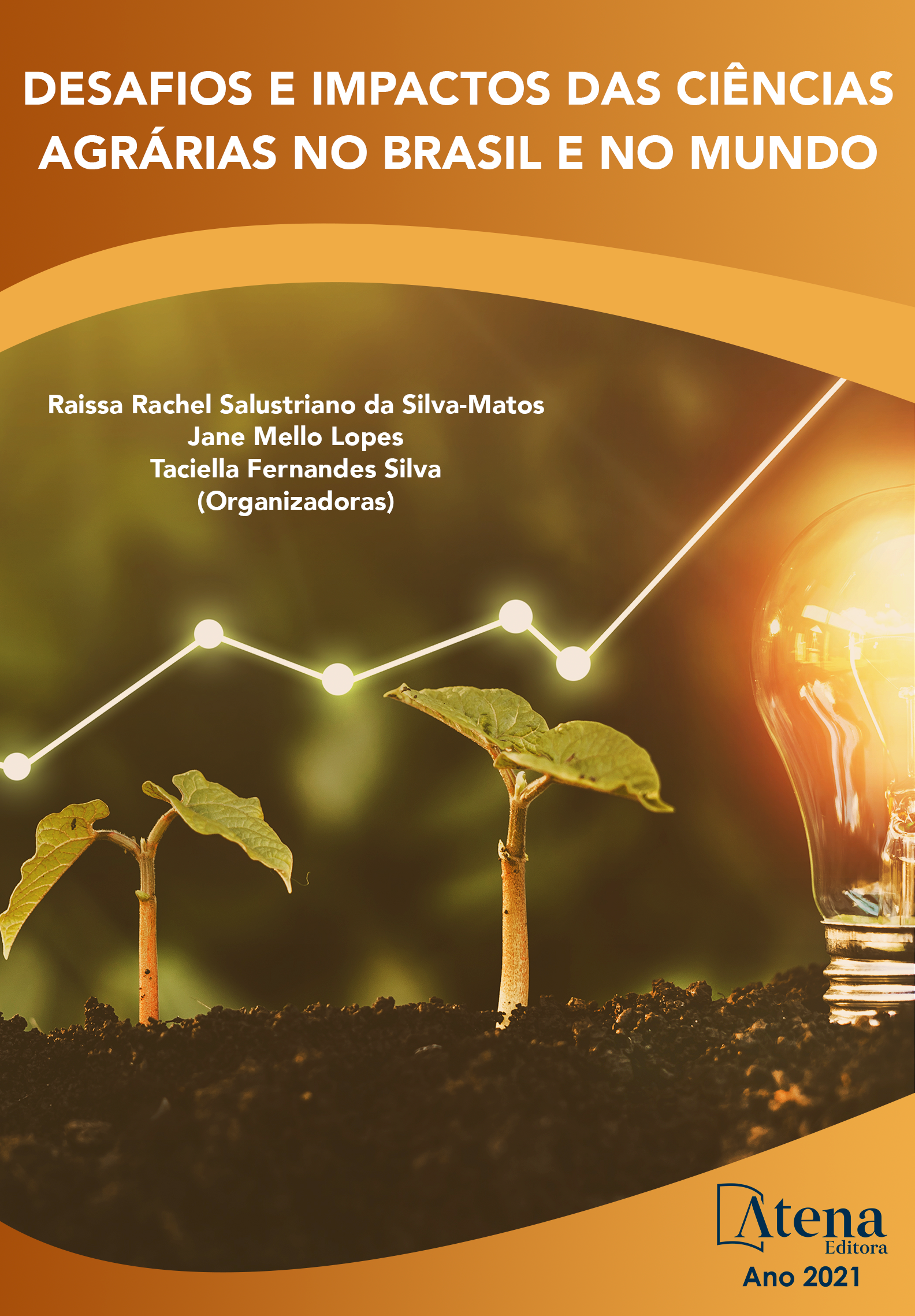
INFLUÊNCIA DA INOCULAÇÃO DE DIFERENTES VARIEDADES DE GRÃO DE BICO (CICER ARIETINUM L.) COM USO DE MEZORHIZOBIUM CICERI NA ABSORÇÃO DE NITROGÊNIO
O grão de bico é a quarta leguminosa mais produzida mundialmente. Tem múltiplas finalidades como alimentação humana e animal, forragem e rotação de culturas para sistemas agrícolas sustentáveis. Uma característica importante do grão de bico é sua capacidade de fixar o nitrogênio atmosférico em simbiose com bactérias do gênero Rhizobium, contribuindo diretamente para o aumento dos níveis de proteína nos grãos. O presente trabalho teve como objetivo avaliar o efeito da fixação biológica de nitrogênio (BNF) em cultivares de grão de bico BRS Toro, BRS Cristalino, BRS Aleppo e Cícero, em resposta à inoculação de Mesorhizobium ciceri. O experimento foi realizado na área experimental da Embrapa Hortaliças, de maio a outubro. Foram avaliadas características de peso fresco e peso seco da parte aérea e teor de N nas folhas durante o experimento. Observou-se que houve um resultado significativo para todos os tratamentos analisados, exceto para a variedade Cícero. Tais resultados podem ser justificados devido ao processo de melhoramento genético do grão de bico. Conclui-se que a inoculação com Mesorhizobium ciceri é uma ótima alternativa para aumentar o nitrogênio na cultura do grão de bico, visando maior produtividade e devem ser continuados os estudos como uma alternativa à fertilização química com nitrogênio.
INFLUÊNCIA DA INOCULAÇÃO DE DIFERENTES VARIEDADES DE GRÃO DE BICO (CICER ARIETINUM L.) COM USO DE MEZORHIZOBIUM CICERI NA ABSORÇÃO DE NITROGÊNIO
-
DOI: 10.22533/at.ed.5862102062
-
Palavras-chave: LEGUMISONA, SIMBIOSE, PRODUTIVIDADE
-
Keywords: LEGUMES, SYMBIOSIS, PRODUCTIVITY
-
Abstract:
Chickpeas are the fourth most produced legume worldwide. It has multiple purposes such as human and animal feed, forage and crop rotation for sustainable agricultural systems. An important characteristic of chickpeas is their ability to fix atmospheric nitrogen in symbiosis with bacteria of the genus Rhizobium, directly contributing to the increase in protein levels in the grains. The present work aimed to evaluate the effect of biological nitrogen fixation (BNF) in BRS Toro, BRS Cristalino, BRS Aleppo and Cícero and BRS Aleppo chickpea cultivars in response to Mesorhizobium ciceri inoculation. The experiment was carried out in the Embrapa Hortaliças experimental field, from May to October. Aboveground fresh and dry weight and N content in leaves were evaluated during the experiment. It was observed that there was a significant result for all treatments analyzed, except for the Cícero. Such results can be justified by the genetic improvement process of chickpeas. We concluded that Mesorhizobium ciceri inoculation are a great alternative to increase nitrogen content in the chickpea culture, aiming at higher productivity and studies should be continued as an alternative to chemical nitrogen fertilization.
-
Número de páginas: 6
- Remidjio Tomazini Neto
- Amanda Pereira


